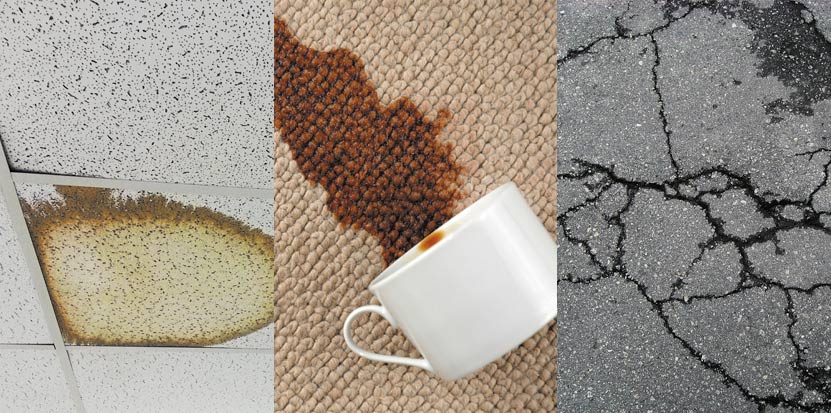We thought it might be interesting to our readers to walk through the process of selling or leasing a property. In this three-part series, we will touch on important factors that can affect the success of a transaction.
As with most business transactions, preparation can improve the sale or leasing process and likelihood of success – or at least minimize failure.
First, we try to understand the owner’s short-term and long-term objectives and discuss a realistic timeline. Next, we take a critical look at the property.
Much like staging a house to sell, prepping a property for sale or lease can be very important.
Outside of the building, we look at landscaping and parking lots.
Are they up to date and in good shape or overgrown and in need of repair? On the inside we look for burned out light bulbs, stained ceiling tiles, walls in need of repair or a fresh coat of paint, stained or damaged carpet and clutter.
Addressing or fixing these smaller items will often result in higher prices and/or quicker sales or leases. Too many property owners hesitate to spend a few dollars on these cosmetic improvements at the expense of their prospect’s first impression. Optics count.
Pricing is one of the most critical factors in a successful sale or lease. Pricing can be affected by the age and condition of major building components such as the roof and HVAC systems. Owners will need to consider whether it makes sense to get an inspection report to put buyers at ease or go ahead and repair or replace these items. If the property is an investment property, we might consider whether the lease terms can be extended to give a buyer more security and attract more buyers and a lower cap rate, resulting in a higher price.
We research comparable properties and analyze differentiators including location, functionality, property condition, market conditions at the time, and other characteristics depending on the type of property. As brokers, we recognize that all sellers and landlords want to get the highest sale or lease price possible, and we work hard to accomplish that for our clients.
However, pricing is a balancing act. Over-pricing can damage the process.
Some owners get too hung up on getting the highest price while overlooking the holding costs and detrimental effects of a property that has been on the market for too long.
On the other hand, we have been surprised. A buyer who needs to fill a 1031 exchange or a neighboring property owner who really needs the property for expansion may pay a premium price. It is never our intention to price a property low, however, a property priced more than 10 to 15% too high may discourage many prospective buyers from even considering it. In a very competitive market for larger Investment grade properties, particularly apartments or self-storage facilities, we have seen properties go on the market unpriced with a call for offers.
This works well if you have multiple interested buyers in your property. A call for offers brings an auction-like atmosphere and produces the best results. For questions about the sales or leasing process or to get help preparing and pricing your property, contact one of our team members.
Continue to Part 2: Marketing & Negotiating Terms
Continue to Part 3: Due Diligence and Closing

